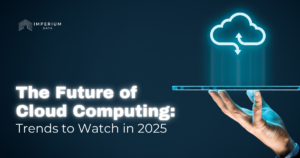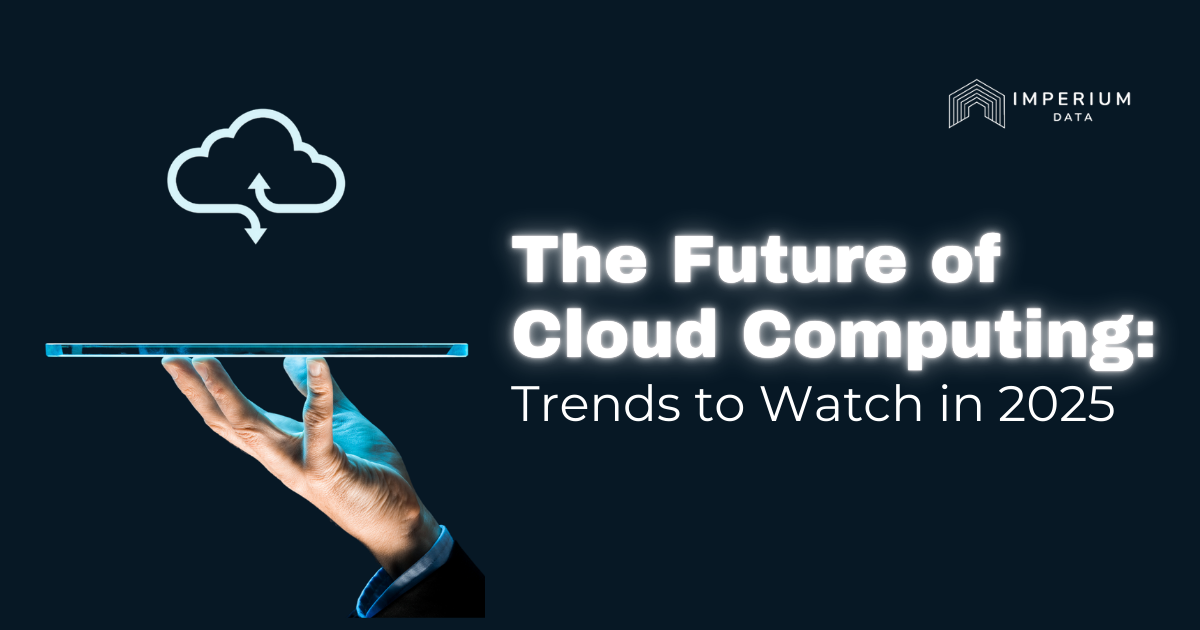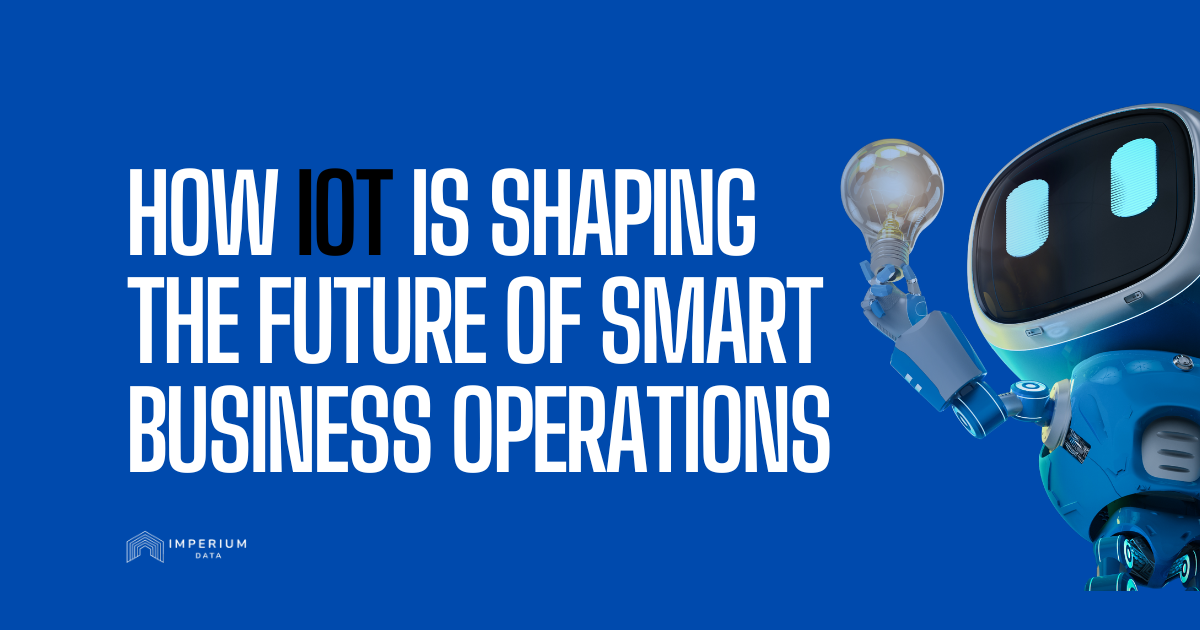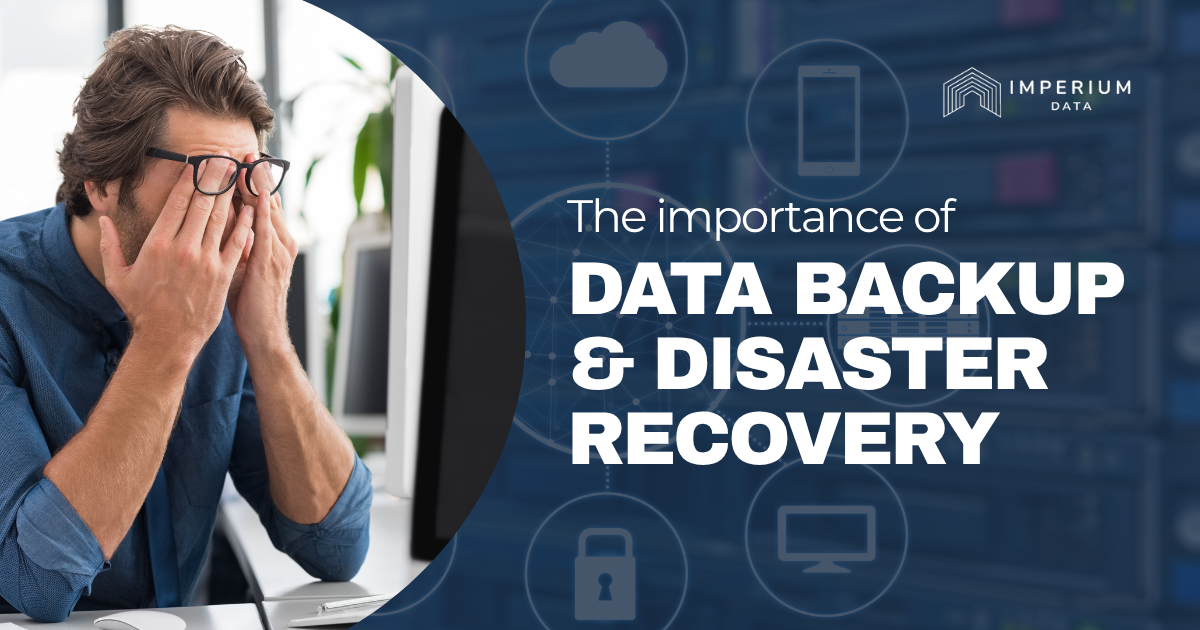As we enter 2025, cloud computing continues to revolutionize how businesses and individuals manage data, deploy applications, and collaborate in an increasingly interconnected world. From advanced AI integrations to the rise of edge computing, the cloud landscape is evolving rapidly. Here’s a deep dive into the key trends shaping the future of cloud computing in 2025 and beyond.
1. The Rise of Multi-Cloud and Hybrid Cloud Architectures
In 2025, organizations are moving beyond reliance on a single cloud provider. Multi-cloud strategies, where businesses leverage services from multiple providers, and hybrid cloud environments, which blend public and private clouds, are gaining traction. This approach provides enhanced flexibility, security, and cost efficiency.
Why it matters:
• Avoid vendor lock-in: Businesses gain the freedom to choose the best tools and services from multiple providers.
• Enhanced resilience: Diversifying cloud resources minimizes downtime and mitigates risks associated with outages.
What to watch: Tools and platforms that simplify managing multi-cloud and hybrid environments are expected to proliferate.
2. AI and Machine Learning in the Cloud
AI and machine learning capabilities hosted on the cloud are becoming more accessible and powerful. In 2025, cloud providers are racing to enhance their AI offerings, enabling businesses to incorporate advanced analytics, predictive models, and automation into their operations with minimal upfront investment.
Key developments:
• AI-driven cloud optimization for cost and performance management.
• AI-powered security systems that identify and neutralize threats in real time.
Impact: Cloud-integrated AI solutions are helping businesses harness the power of data, personalize customer experiences, and improve decision-making processes.
3. Edge Computing Gains Momentum
As the demand for low-latency applications like IoT devices, AR/VR experiences, and autonomous vehicles grows, edge computing is becoming essential. By processing data closer to its source, edge computing reduces latency and bandwidth usage.
What’s new in 2025:
• Integration with 5G: Faster mobile networks are enabling edge computing to unlock its full potential.
• Smarter devices: From smart factories to connected healthcare systems, edge computing is enhancing real-time decision-making.
Example in action: Retailers are using edge computing to personalize in-store shopping experiences by analyzing customer behavior in real time.
4. Cloud Security Takes Center Stage
With cyber threats becoming more sophisticated, cloud security remains a top concern. In 2025, we’re seeing advancements in zero-trust security models, end-to-end encryption, and AI-based threat detection.
Key trends:
• Quantum-safe encryption: As quantum computing becomes a reality, cloud providers are investing in encryption methods to counteract the computational power of quantum machines.
• Compliance as a service: Providers are offering tools to help businesses automatically comply with evolving regulations.
Takeaway: Cloud providers are prioritizing trust, ensuring businesses can confidently store and process sensitive data.
5. Sustainability in the Cloud
The push for greener technologies is reshaping cloud computing. Leading providers are striving to power data centers with renewable energy and optimize resource allocation to reduce carbon footprints.
Trends to watch:
• Green data centers: Cloud providers are designing more energy-efficient facilities.
• Serverless computing: Reducing idle infrastructure helps cut energy consumption.
Why it’s critical: Businesses are choosing providers not just for their services but for their commitment to environmental sustainability.
6. Industry-Specific Cloud Solutions
Cloud providers are increasingly tailoring their offerings to meet the unique needs of specific industries like healthcare, finance, and manufacturing.
Highlights in 2025:
• Regulatory-compliant clouds: Industry-specific clouds cater to compliance-heavy sectors such as healthcare and finance.
• Custom applications: Providers are rolling out specialized tools for industries like biotech, logistics, and entertainment.
Benefit: Companies gain solutions that are pre-configured to address their unique challenges, reducing time to value.
7. Serverless Computing Expands
Serverless architectures, which allow developers to build applications without managing the underlying infrastructure, are becoming more popular in 2025. This approach streamlines development, improves scalability, and lowers costs.
Why it’s growing:
• Developers focus purely on coding, not on server management.
• Companies only pay for what they use, improving cost efficiency.
Future potential: Expect more sophisticated serverless platforms with support for complex workloads and real-time processing.
8. The Role of AI in Cloud Operations (AIOps)
AIOps, or Artificial Intelligence for IT Operations, is transforming how businesses manage their cloud environments. By automating tasks such as performance monitoring, resource allocation, and troubleshooting, AIOps enables more efficient and reliable cloud management.
Key benefits:
• Proactive issue resolution through predictive analytics.
• Streamlined workflows and reduced operational overhead.
2025 outlook: AIOps will become a standard feature in enterprise cloud solutions.
Final Thoughts
The future of cloud computing in 2025 is filled with innovation, driven by the need for greater efficiency, security, and flexibility. Businesses that stay ahead of these trends will not only thrive in the digital age but also gain a competitive edge. As cloud technology continues to evolve, the opportunities it presents are limitless—ensuring a more connected, intelligent, and sustainable future for us all. What trends are you most excited about in 2025? Let us know in the comments below!




